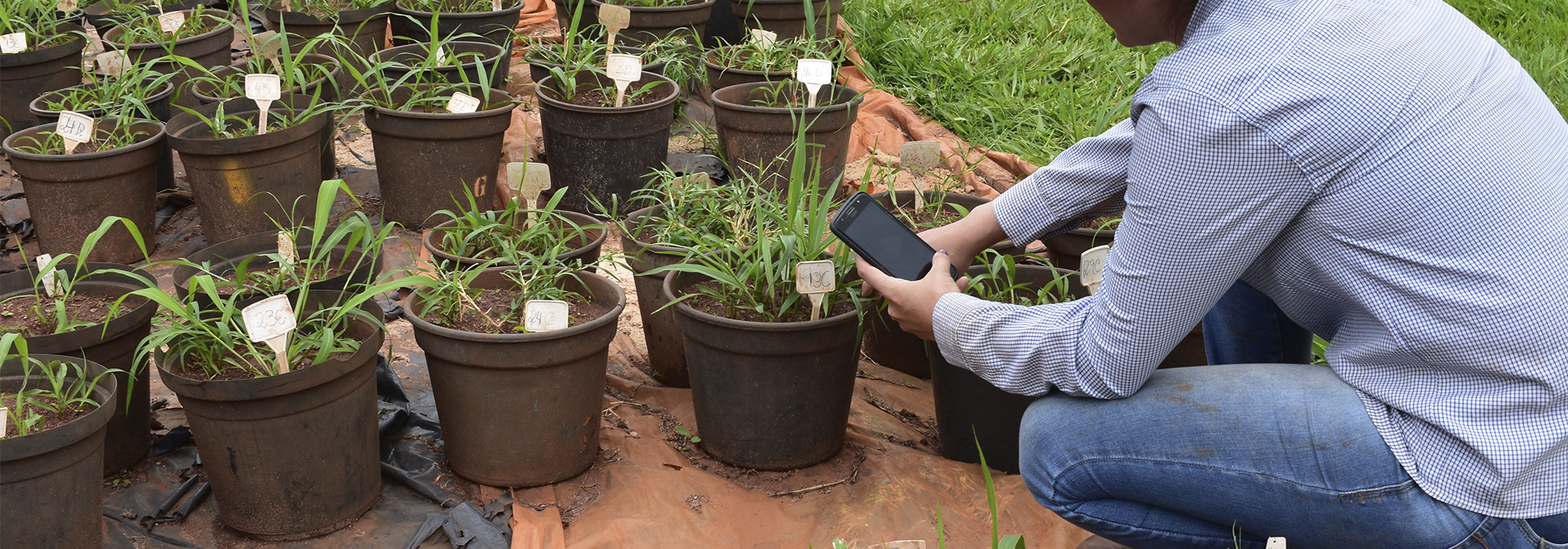
Produção Científica // Artigos
Residual effect of commonly used herbicides of sugarcane on pre-emergence of peanut cultivars in succession
Artigos
Autor: Zanardo et al.
Data: Novembro de 2019
Palavras-chave: Arachis hypogaea L.; emergence; phytotoxicity; weed science; management.
Studies on the residual effect of herbicides commonly used in sugarcane on peanut crops are essential for crop management due to the expansion of peanut areas on sugarcane fields throughout the country. Therefore, this work evaluates the effect of herbicides commonly used in sugarcane crops on the pre-emergence of five peanut cultivars. The experimental design was a randomized block with treatments in factorial arrangement: 11 (10 herbicides + 1 water control) x 5 (peanut genotypes) in four replications. To evaluate the residual effect, plants that normally emerged at 15 days after application (DAA) were counted and the visual evaluation of plant toxicity was performed at 16, 23 and 30 DAA. At the end of the experiment, dry matter of shoots and roots was measured. According to the results, line 870 and cultivar IAC 503 were tolerant to mesotrione (0.144 a.i. ha-1
) in the preemergence. However, herbicides sulfentrazone and clomazone caused strong visual symptoms of toxicity, impairing the emergence and development of all genotypes. The herbicides imazapic, 2,4-D, saflufenacil and S-metolachlor, in turn, caused mild visual symptoms of toxicity, but also impaired the emergence and development of all genotypes. Hexazinone, tebuthiuron and
amicarbazone applied in pre-emergence caused the death of cultivars. Mesotrione was the only herbicide feasible to the cultivars studied. The genotypes do not react equally to certain products, thus, there is a need for further studies under field conditions to confirm the responses obtained in this study and verify whether the yield potential is affected.